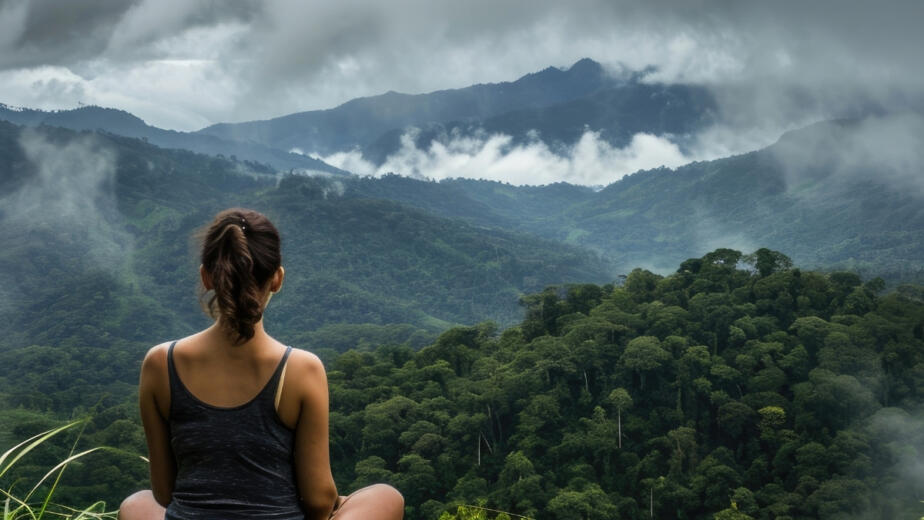The U.S. spans more than 3.8 million square miles, covering almost every climate zone on Earth. You can go from the dry heat of the Arizona desert to the icy winds of the Alaskan tundra in a matter of hours, and packing for that kind of variety is a skill in itself. The goal isn’t to bring everything you might need, it’s to curate a compact, flexible travel wardrobe and gear set that works anywhere, in any season.
Start with Destination and Activity Research
Before you even pull out a suitcase, check the climate patterns and weather forecasts for each stop. According to travel planners at RealSimple, knowing whether your “spring in the Rockies” will involve snow flurries or 70-degree afternoons makes the difference between packing three bulky sweaters or one adaptable mid-layer.
Also consider activities. Hiking in Glacier National Park requires different footwear and layering than walking around downtown Charleston. Build your packing list around both the weather and what you’ll be doing, not just the season name.
Think in Systems, Not Single Items
Experienced travelers build “clothing systems” instead of throwing random garments into a bag. A good system has:
- Base layers: breathable T-shirts or thermal tops to regulate body temperature
- Mid layers: fleece, light down jackets, or merino wool sweaters for warmth
- Outer layers: waterproof or windproof shells for rain, snow, or strong gusts
Layering lets you adapt instantly. On a fall day in New England, you might start in all three layers for a morning hike, shed the mid-layer for lunch in town, and wear just the base layer for a sunny afternoon stroll.
Choose Versatility Over Variety
It’s tempting to pack for every outfit scenario, but versatility wins every time. Neutrals and muted colors, think navy, olive, gray, and beige; mix and match effortlessly. One navy cardigan might pair with five different tops, while a brightly patterned sweater might only work with one.
The same goes for accessories. A lightweight scarf can serve as a sun cover, neck warmer, or makeshift picnic blanket. Convertible hiking pants can double as city wear if you choose a tailored fit and neutral color.
Invest in the Right Fabrics
The right fabric can mean the difference between feeling fresh and comfortable or damp and miserable.
- Merino wool regulates temperature, resists odors, and can be worn multiple times between washes.
- Synthetic blends like polyester-spandex dry fast and wick moisture, making them perfect for both humid climates and active days.
- Down or synthetic insulation is unbeatable for cold-weather trips, just choose a compressible jacket that packs small.
Avoid heavy cotton and thick denim in wet or humid climates; they absorb moisture and take forever to dry.
Streamline Footwear Without Sacrificing Function
Shoes take up the most space, so each pair needs to earn its place. A balanced travel shoe lineup might be:
- Walking shoes with arch support for long sightseeing days
- Lightweight hiking boots or trail shoes if outdoor activities are planned
- Multi-use flats or sandals for casual evenings or beach days
Wear your heaviest pair during transit to save space in your bag. Former flight attendants recommend also stuffing shoes with socks or small accessories to make use of every inch.
Apply the 5-4-3-2-1 Packing Formula
Southern Living’s 5-4-3-2-1 method keeps your bag lean but functional:
- 5 tops (short- and long-sleeve mix)
- 4 bottoms (pants, shorts, or skirts)
- 3 accessories or layering pieces
- 2 pairs of shoes
- 1 special item (dress, statement jacket, or event-specific outfit)
This formula works because each piece is interchangeable, creating dozens of outfit combinations from a small set.
Pack for Climate Transitions, Not Just One Zone
If you’re visiting multiple climates in one trip, plan for the transitions. For example:
- Cold to warm: Start in layers you can peel off, and have a packable jacket for sudden drops in temperature.
- Dry to humid: Bring breathable fabrics and avoid anything that will cling or trap sweat.
- Coastal trips: Salt air is damp and can feel chilly at night even in summer, always pack a light windbreaker.
These adjustments keep you comfortable without carrying an entirely separate wardrobe for each stop.
Space-Saving and Organization Strategies
Rolling clothes instead of folding saves space and reduces wrinkles. Packing cubes help keep categories: like tops, underwear, or electronics, separate and easy to grab. For bulky gear, compression sacks work wonders, especially for down jackets or extra sweaters.
Frequent travelers also keep a “ready-to-go” toiletry kit stocked with travel-size essentials to avoid last-minute scrambling.
Final Quick-Access Checklist
- Research weather and activities before packing
- Build outfits in layers for flexibility
- Stick to versatile, mix-and-match colors
- Choose functional, climate-appropriate fabrics
- Limit shoes and make each pair multi-use
- Follow the 5-4-3-2-1 formula for clothing balance
- Prepare for climate changes within your trip
- Use rolling, packing cubes, and compression to save space
Packing smart isn’t about bringing more, it’s about bringing better. The right gear in the right fabrics, colors, and systems means you can step into any U.S. climate confident and comfortable.
References
- Briggs & Riley packing advice: realsimple.com, traveldepartment.com, flowzoom.com, briggs-riley.com
- Rick Steves travel forum insights: community.ricksteves.com
- Flight attendant packing tips: thesun.co.uk




